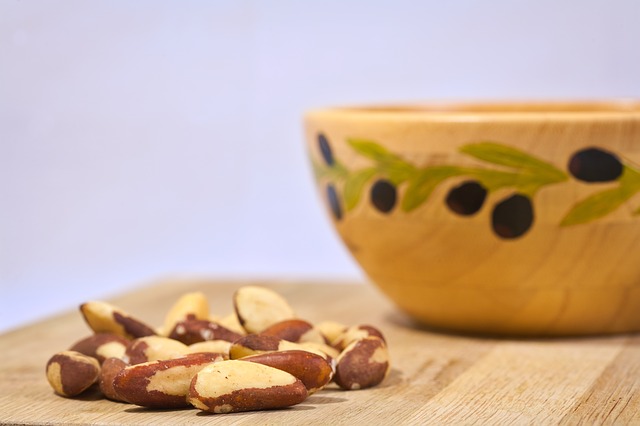Vitamin E and selenium actions
Much has recently been written about the effects of selenium and vitamin E in reducing the risk of developing some types of cancer in humans. Nevertheless, the study, recently published in the Journal of the National Cancer Institute, is a kind of warning against the boundless adoption of these compounds .... nThe caution is the result of the conclusions of a 12-year-long research project aimed at checking the protective effect of high-dose intake Vitamin E (400 IU / day) and / or selenium (200 μg / day) before the development of prostate cancer in men.However, it was interrupted before its completion.It turned out that supplementation with selenium alone in high doses increased the risk of high-risk cancer by 91% in men who have a high level of selenium in the body. When selenium was administered to people with low levels, there was no risk increase. High doses of vitamin E resulted in an increase in the risk of total prostate cancer by 63% and high-risk prostate cancer by 111%, among men with low selenium levels in the body. Administration of high doses of vitamin with a man possessing a high amount of selenium, or administration of vitamin E with selenium, turned out to have no major impact on the increased risk of prostate cancer.
How does it happen in everyday life?
Vitamin E and selenium belong to antioxidant substances (including those that fight free radicals). It is not known from today that such compounds become prooxidizing in too large doses (that is, instead of protecting the body's structures from destruction, they destroy them themselves), hence one should not be surprised by the adverse effect of a single substance at too high a dose. Interesting, however, is the observation regarding the protection of one antioxidant substance against an excess of the second antioxidant substance (the protective effect of selenium against the harmful effects of high doses of vitamin E). There may, of course, be other ways of influencing these substances on human health, only a variant has been studied here.
So for the orientation with the 100% right RDA (recommended daily intake) for selenium is 55 μg, and for vitamin E is 12 mg. With nutrition standards for men over and equal to 19 years, the daily norm for selenium is 55 μg, and for vitamin E 10 mg.
That you can see that the doses used in the study, especially for vitamin E, are really big. Nowadays, with the ubiquitous promotion with the slogan type, the more the better in the background, with all kinds of products containing health-promoting substances, indeed it is not difficult to have excess of some compounds. Despite the recent publication of the study, you can already see voices suggesting that supplementation with vitamin E and selenium is harmful. Of course, this is a big abuse, because, as the research shows, this happens only in some cases.
Supplementing selenium is beneficial for those who have too little in the body and those who take high doses of vitamin E (as shown by the study). Increased physical effort, or some disease states, sometimes require larger amounts of these compounds, which are difficult to provide only by consuming traditional foods themselves. You can not go from extremes to extremes. The amount of vitamins and minerals to be taken should be adjusted to the needs of the individual body (the doses used in the study for most people are far too big).
Vitamin E and selenium - summary
To sum up, what is too much unhealthy. However, it is worth remembering that it is not enough ... unhealthy either.
Sources
Literature Kristal AL, et al.Baseline Selenium Status and Effects of Selenium and Vitamin E Supplementation on Prostate Cancer Risk.Journal of the National Cancer Institute, February 2014 DOI 10.1093 / jnci / djt456.







One Comment